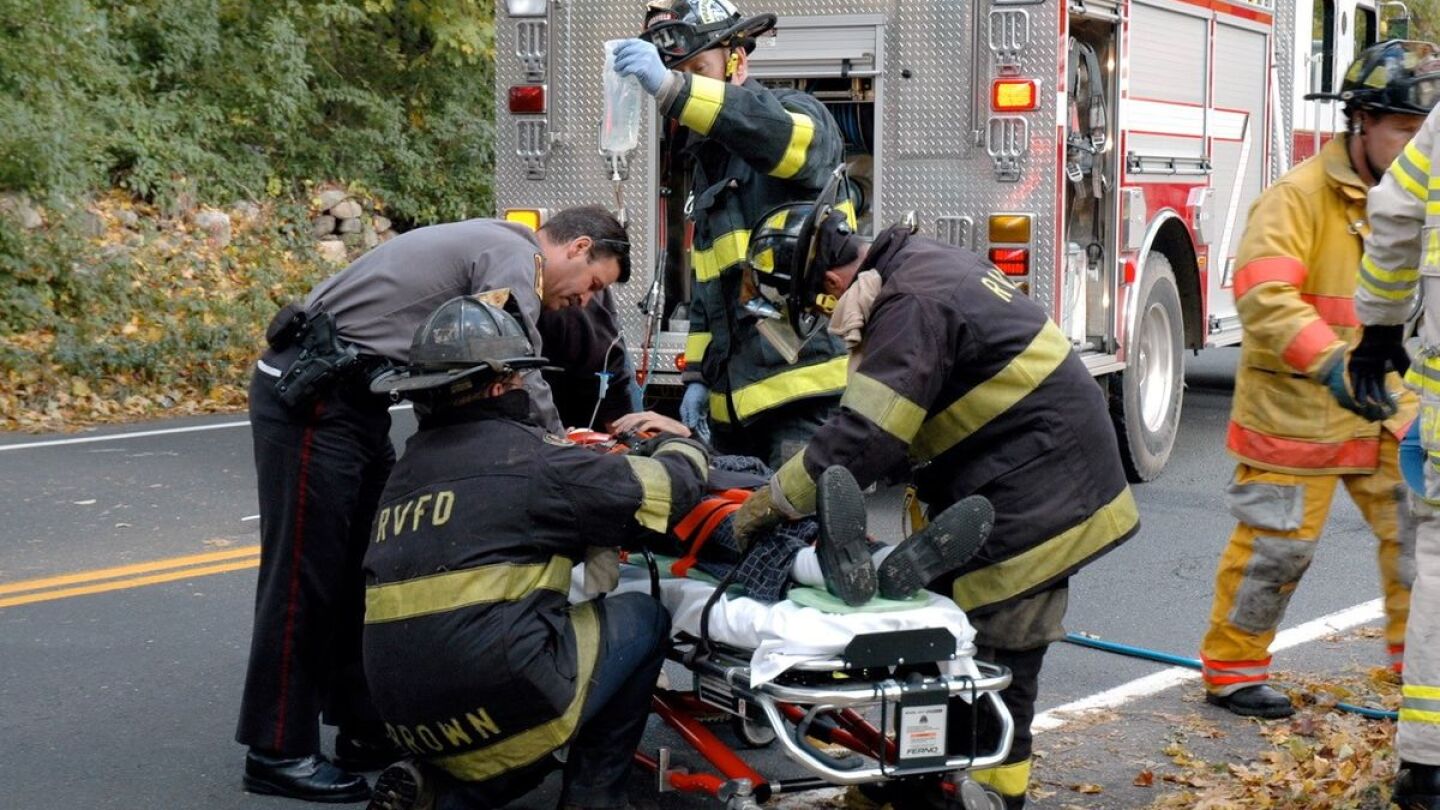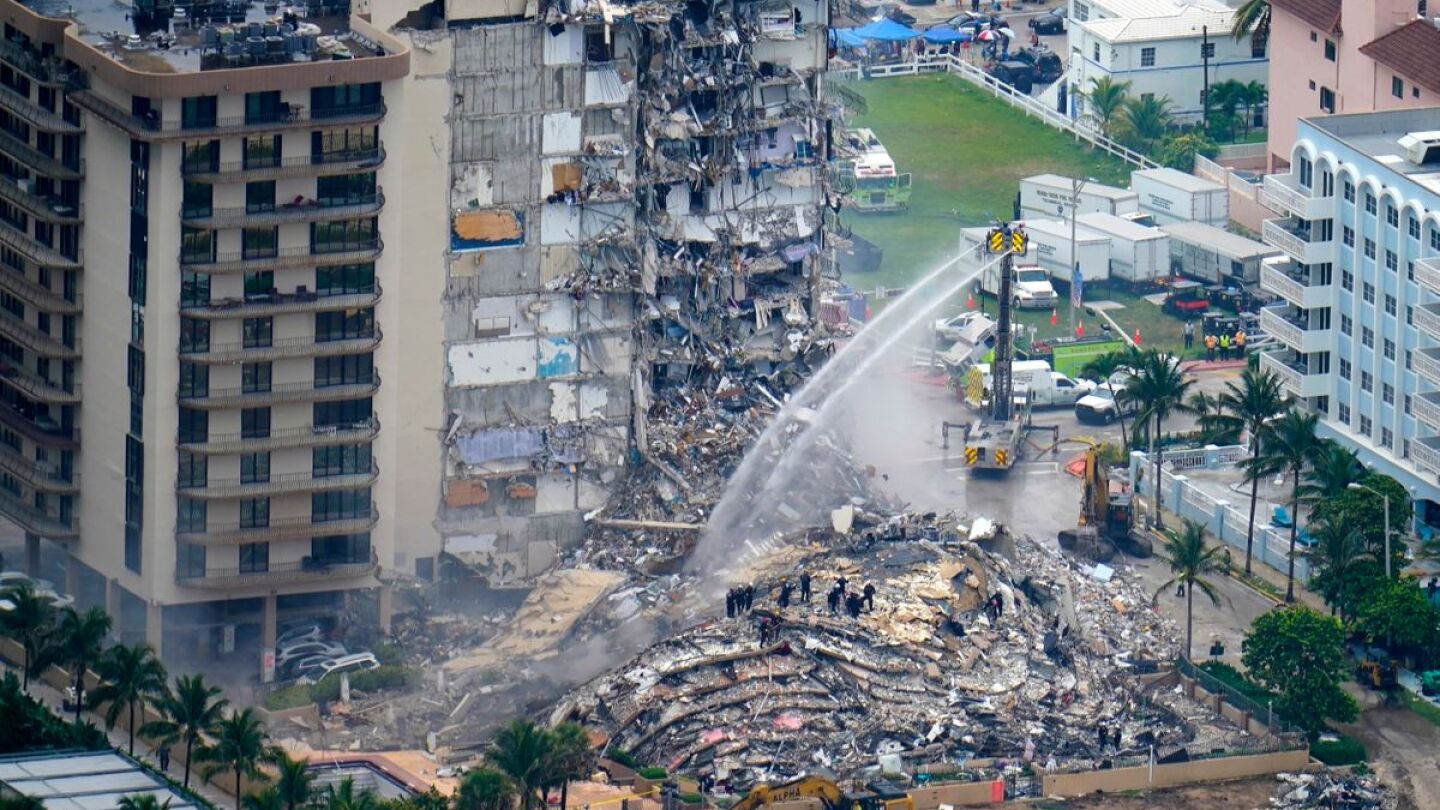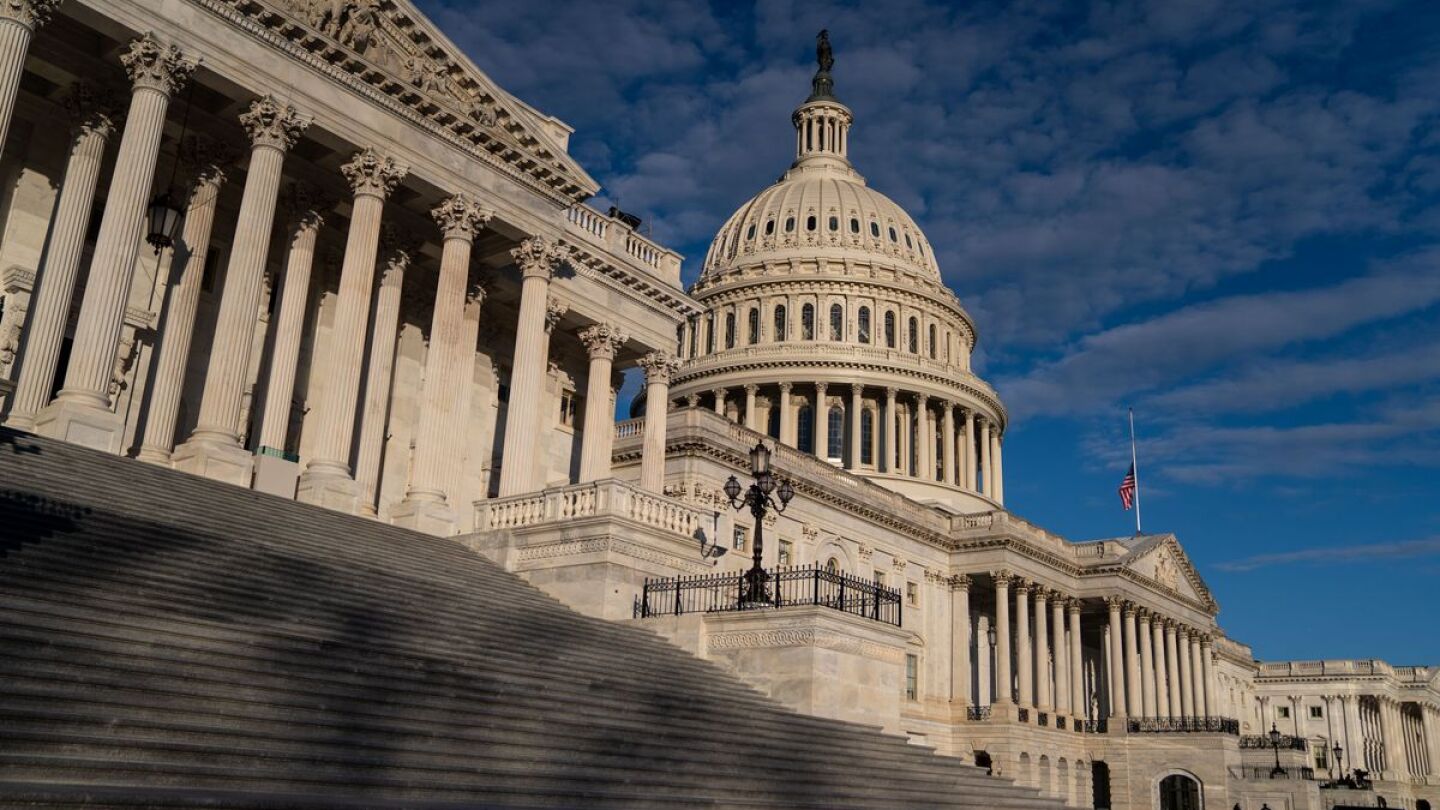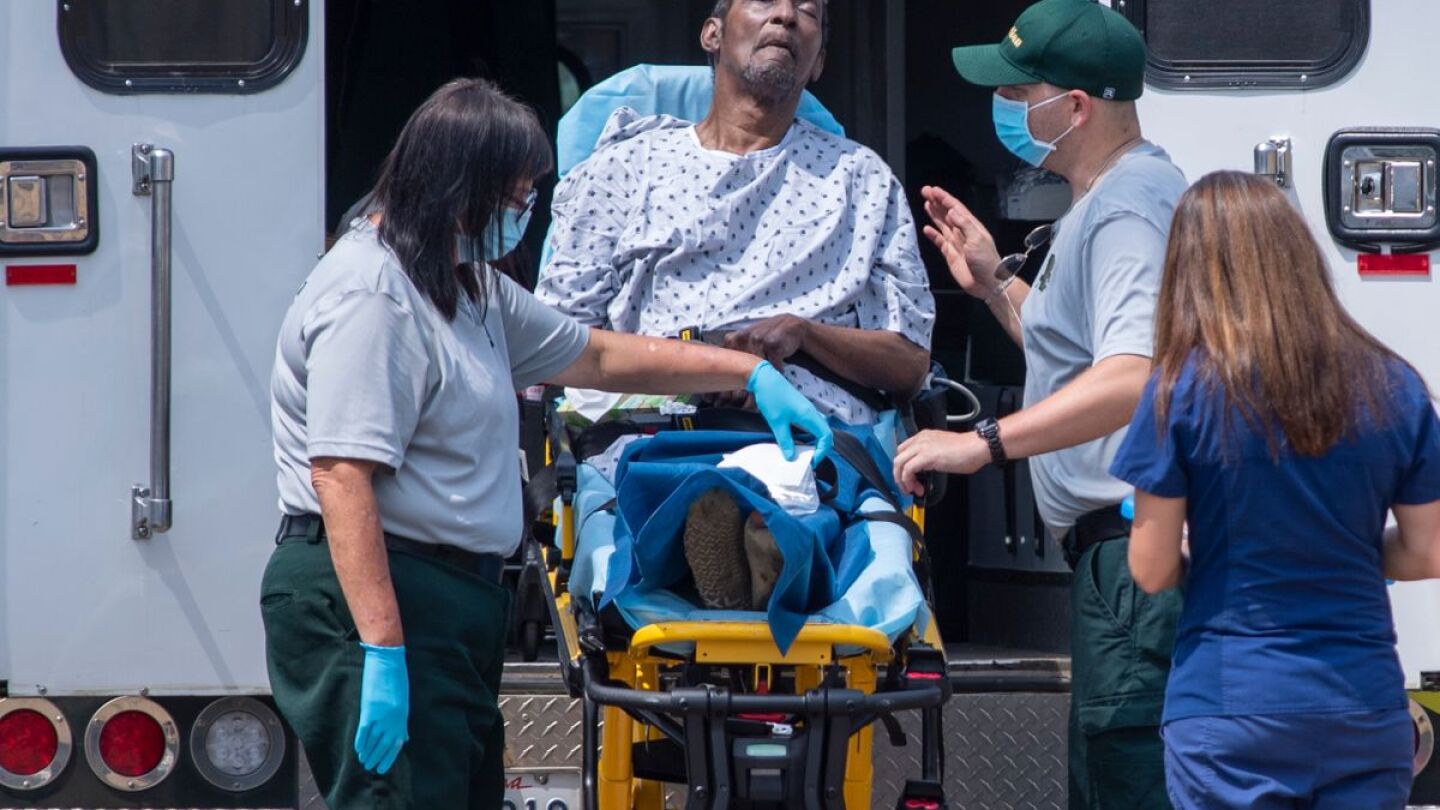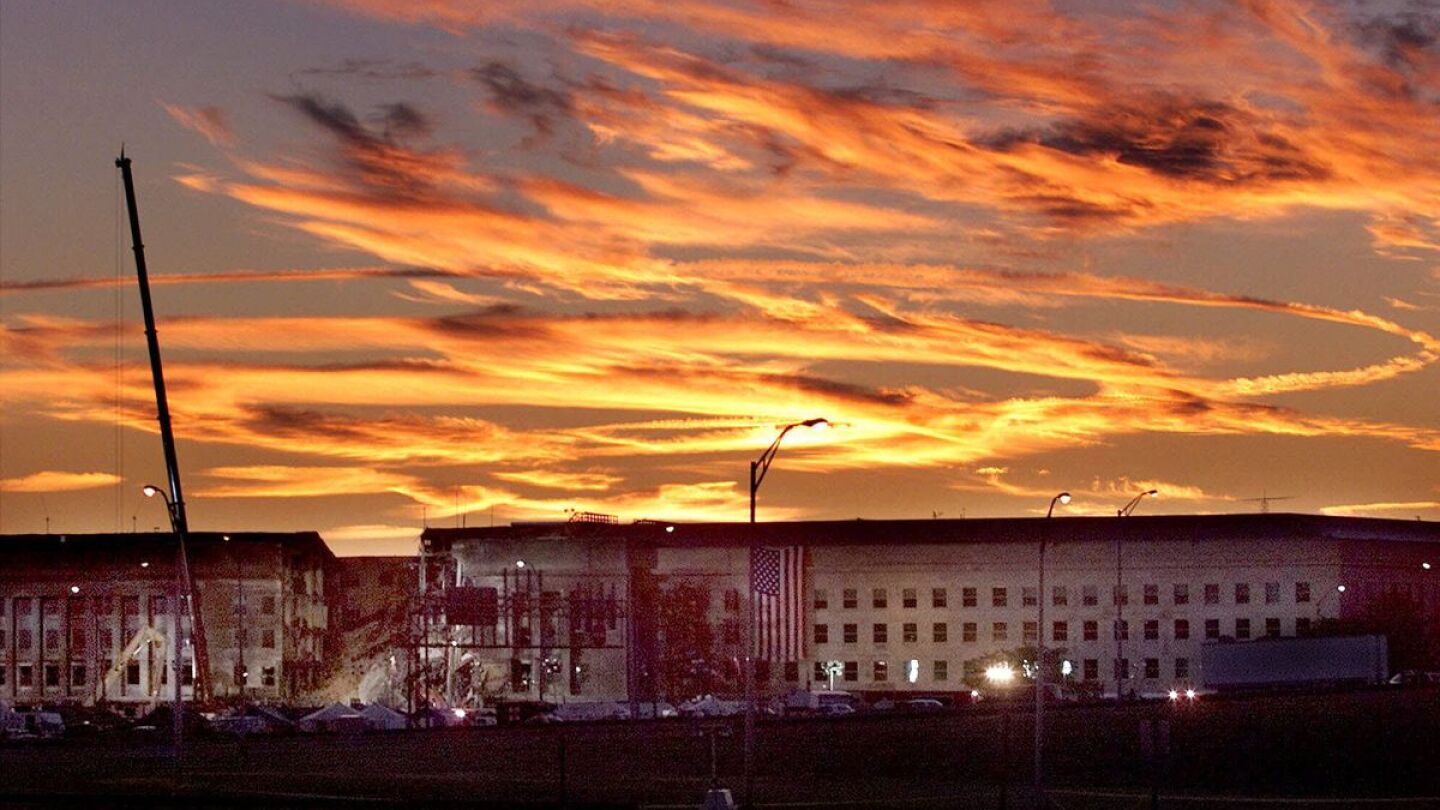Incident Command
Follow these steps to define roles, identify and mitigate hazards, and work toward the best possible patient outcome
From “armadillos to zombies,” unified command tabletop exercises prepare public safety personnel for real-life mass casualty incidents
Detailing the US&R system in Florida, challenges faced by SAR crews, and lessons learned from the catastrophic incident
Police and fire agencies worked together to prepare and care for a major ski event
The death of a second victim was confirmed Monday by Rochester Police; one injured person remains in critical condition
All public safety agencies will be located in one location for better communication; HPD’s police chief will have the authority to reject security plans
The ERSI has already tracked 34 first responder roadway-incident deaths in 2022 and an average of two struck-by incidents daily
“Thank your nurses and thank your EMS workers and firefighters because they made all this possible,” said Dr. Chase Jones
Ken Bouvier, NREMT, offers low-cost tools and tips to improve incident command responses to emergencies
Officials declared a mass casualty incident, bringing every ambulance in Allentown and more from surrounding municipalities
Organizations stuck using yesterday’s demand analysis deployment strategies are getting left behind
Approximately 100 members of Boston Fire, plus Boston EMS crews and a surgical team, responded to the collapse and rescued three victims
View this virtual tabletop webinar to help prepare you to respond to the next mass casualty incident in your jurisdiction
FirstNet, warning systems focus of House subcommittee update
Organization leaders canceled 50th anniversary celebrations to focus on taking care of their employees and the people they serve
4 people, who were evacuated to the warehouse, died in the unsafe and unhealthy conditions
Have we taken the lessons learned from 9/11 and truly changed our practices?
Years of preplanning aided the incident command of an MCI, building fire, technical rescue, hazmat, and terrorism crime scene all in one
Agencies are (or should be) preparing for continued rolling blackouts meant to minimize the risk of electrical line-caused fires
Insights into the deadly Fla. condo collapse, how post-9/11 changes have improved incident command
I hope first responders working the scene can get the psychological care they need, soon
With skills, preparation and clear expectations, EMTs and paramedics can facilitate productive conversations with bystanders at an incident
Keeping them going round and round during fuel supply disruptions
First responders must be clear about their observations and follow key documentation guidelines to be considered as a credible witness
Very little in a university setting follows a strict top-down approach
EMS Products
The SPARTAN team will leverage aircraft and thermal imaging to aid in search and rescue operations and more
MCHD EMS shares lessons learned in flexibility and preparedness from the winter storm that doubled call volumes and sidelined hospitals in Texas
MedStar’s Matt Zavadsky and NASEMSO’s Dia Gainor discuss traffic incident management and EMS’s role in multi-agency response after 133 vehicle pileup
Breaking down police, fire rescue, EMS roles in a traffic incident management system
Federal officials recommended reviewing resources on situational awareness, communication and preparation of personnel and apparatus ahead of the upcoming inauguration
Jason Killens, chief executive of the UK’s Welsh Ambulance Service, discusses the complexity of response to an 800 casualty incident across four separate locations
7 steps to factoring in violence as a possible variable at special event EMS response and incident command
Good communication and pre-planning: What the Boston Marathon bombing taught us


